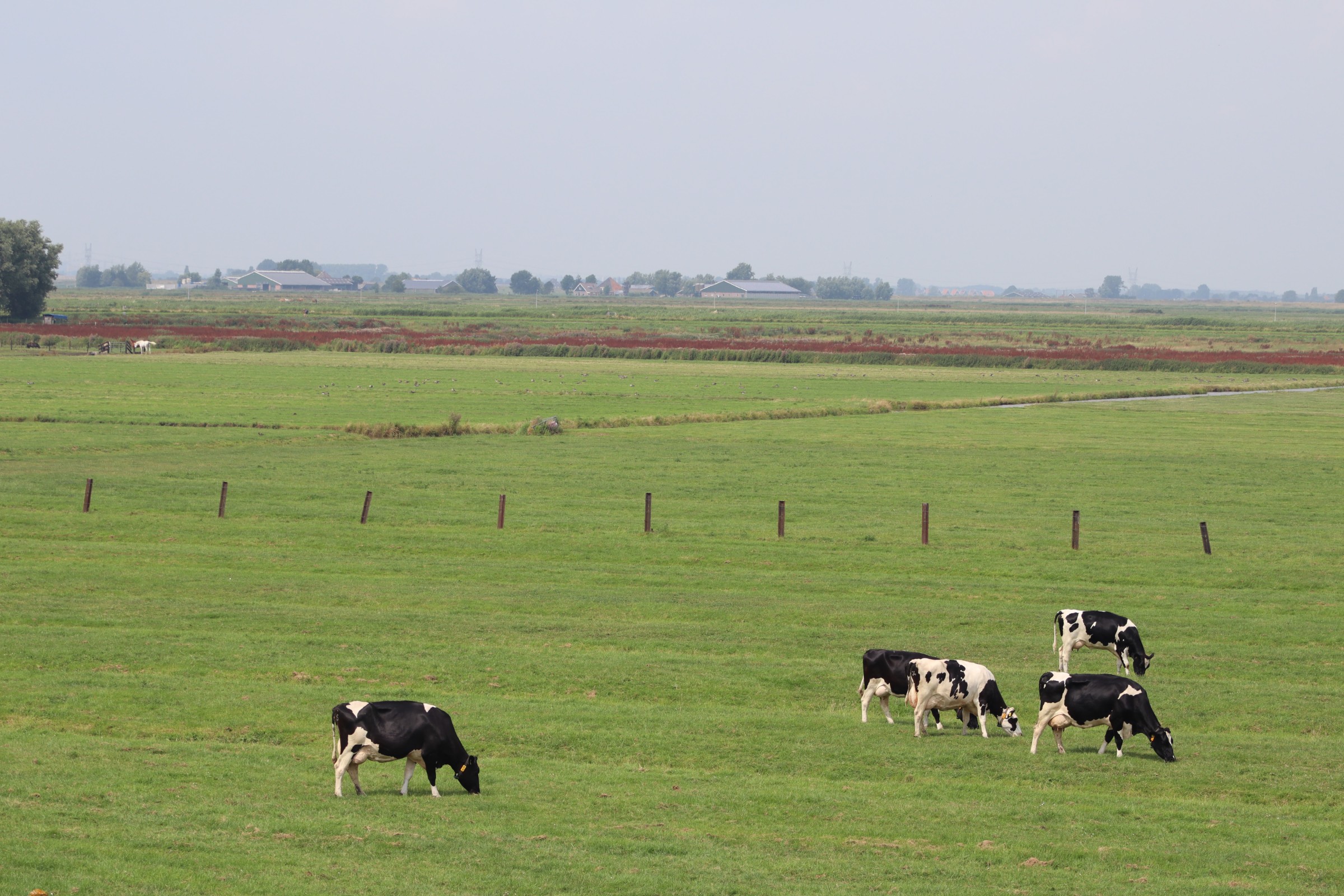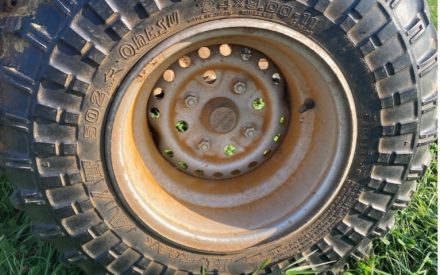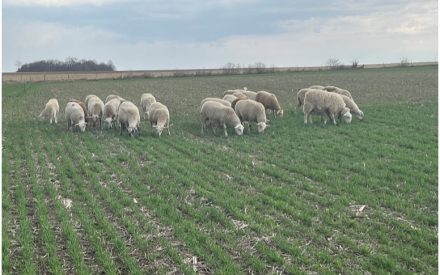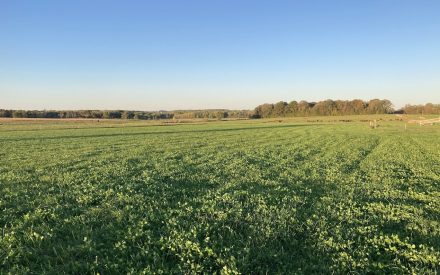What does carrying capacity mean in grazing systems?
Carrying capacity could be the most important concept in all of livestock agriculture. It is carrying capacity, specifically incorrect carrying capacity, also known as “overstocking,” that drives most of livestock agriculture’s environmental problems today. In grazing systems, where livestock harvest their own feed and spread their own manure, carrying capacity is foundational to a long grazing season that results in healthy animals, healthy pastures, and a healthy ecosystem.
A primary goal of every grazing operation should be to maximize the length of the grazing season. This is directly correlated to profit because grazed forages are the most inexpensive source of feed, and stored feeds are almost always the greatest expense.
Also commonly referred to as “stocking rate,” carrying capacity is the number of animals a parcel of land can support by providing adequate feed and retaining and recycling the nutrients they produce.
Management helps determine grazing season length. The principles of managed grazing – the Three R’s of rotation, residual, and rest – drive pasture yield and quality and have a significant impact on the farmer’s ability to lengthen the grazing season. But the Three R’s only work when we get the carrying capacity right.
Farms that fail to determine carrying capacity correctly can be overstocked and run out of pasture before the end of the growing season or be understocked and grazing fewer livestock than the land could support, both resulting in reduced revenue.
How do you calculate a grazing system’s carrying capacity?
Many factors influence carrying capacity. Some are inherent, such as soil type, topography, and climate. Others are choices, such as livestock class, management, and operational goals, like whether winter feed is produced on-farm or purchased off-farm. Grazier’s Math: Calculating Carrying Capacity is a publication intended to help farmers determine the carrying capacity of their farm so they can achieve a lengthy grazing season. Download copies below.


 Managing Rust in Cool Season Pastures
Managing Rust in Cool Season Pastures Grazing Cover Crops and Annual Forages
Grazing Cover Crops and Annual Forages Grazing to Protect Surface Water: Considering critical and sensitive areas
Grazing to Protect Surface Water: Considering critical and sensitive areas Research Brief: Interseeding legumes into grass pastures
Research Brief: Interseeding legumes into grass pastures


